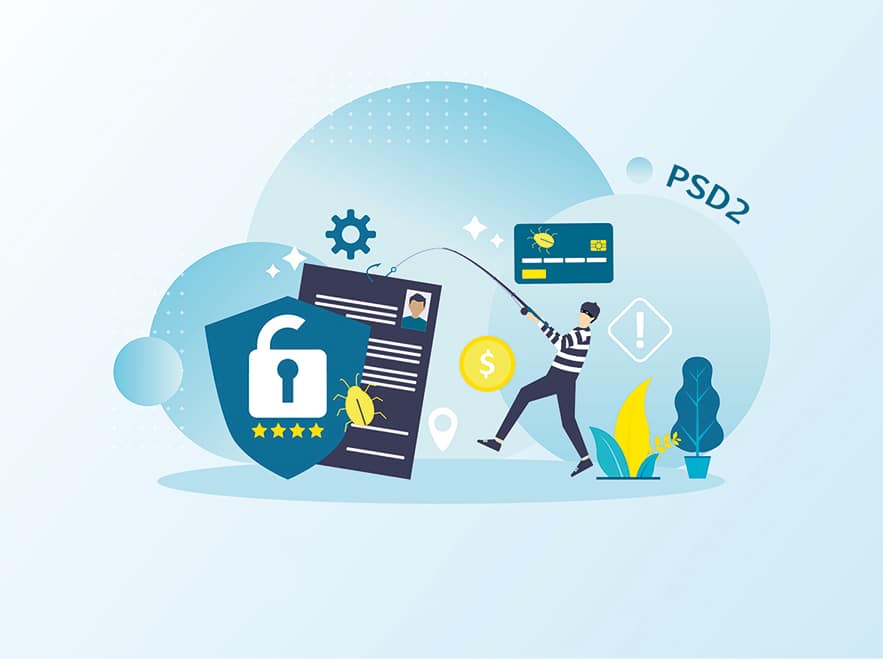
PSD2 explained: what is it?
You may have never heard of this European regulation but it affects you more than you think. In this article we give you a few keys so that you understand how this new payment directive affects you.
The word PSD came into our lives in 2007, with the first Payment Services Directive that sought to create a unified payment market in the European Union to boost innovation, transparency and efficiency in the region. How? Developing the electronic payment market through data and technology.
However, in 2013 the European Commission proposed a review of the directive because it did not deepen the objectives set sufficiently; Hence the PSD2.
What is PSD2 Directive?
The new PSD2 Directive is a European regulation that has an impact on online payments, facilitating payments throughout Europe and with greater security. In addition to this, the new policy offers to financial sectors new business opportunities and an expansion of their markets.
PSD2 Consequences
The impact of this new digital payment horizon affect many areas. As far as the user is concerned, the European regulation authorizes access to customer accounts by third-party providers (prior authorization) through APIs.
The “Application Program Interfaces” or APIs is a technology that bridges the web, allowing programs and tools of different companies to exchange data and interact with each other. APIs are increasingly popular among companies, especially financial ones, as they allow new business opportunities to be created and their market to reach new customers.
A close example can be found in this article. At the beginning of this post there are some social media buttons to share the content. These buttons go to the APIs of these services allowing the user to share the information on Twitter / Facebook / etc without leaving this website. Two different companies that connect and cross your data, but not before having your permission to send the content to your timeline.
At a banking level, third-party authorization means that these companies can make payments on behalf of the customer (always with prior authorization) without having to go through the bank; forcing to intensify security.
To date, when making an online purchase, e-commerce use various intermediaries (electronic payment providers) which, in turn, connects with the card company (VISA, Mastercard …) who are the ones who charge finally the amount in the account.
From this point on, the customer can authorize e-commerce to directly execute the payment on their behalf; producing a direct communication between the merchant and the bank through an API.
Shopping online safely
Another impacts of the new PSD2 Directive that affects you as a user is the double authentication. This implies a reinforced authentication to reduce Internet frauds using different identification methods to authorize an operation (fingerprint, PIN number, digital certificate, mobile phone number, etc.).
If this double filter gives you more peace of mind with online purchases, imagine if you add a prepaid card for shopping online safely. Triple protection! You can buy safely with a BITSA card because it is not linked to a bank account, the limit is always the amount available on the card.
